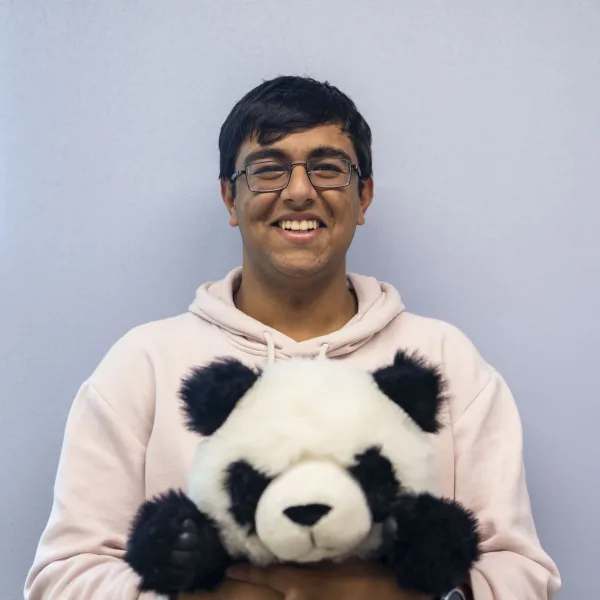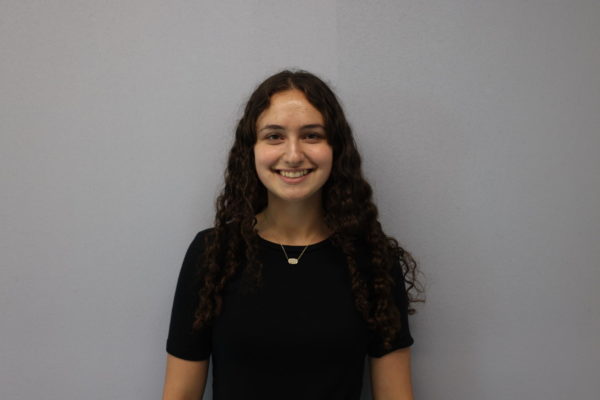SPARKing Success
SPARK provides research, learning opportunities for students interested in STEM-based careers
As Yash Vijay ’23 steps into his research internship for the first time, he prepares himself for a new horizon. After spending the prior school year in a rigorous interview and match-making process with potential mentors, Vijay and a variety of other students are now beginning this new opportunity.
This marks Vijay’s second year as a part of the STEM Professionals as Resource Knowledge (SPARK) program. The program is a STEM-based research program offered to rising juniors and seniors, researching topics from molecular biology, to cardiac studies. Within the program, students are paired with mentors in an internship.
Prior to his senior year where he was able to participate as a research associate, Vijay assumed the role of a peer reviewer, where he was assigned the task of looking through and editing the work of another student participating in the SPARK program.
“[The peer reviewers] apply to try to get placed to work with the upperclassmen to learn about what the upperclassmen are doing,” Erdmann said. “They don’t go on site, but they communicate with the upperclassmen. So in some sense, I like to call it the JV program, and then there’s the varsity [program] and that brings more kids into [SPARK]”.
As a peer reviewer, Vijay’s primary responsibility was to edit final posters made by student researchers. However, Vijay pointed out that there were certain shortcomings in the SPARK program.
“The reviewer position, it’s kind of unnecessary,” Vijay said. “You’re just reading a poster.”
With over 100 applicants and a limited number of spots, not every student is guaranteed a researcher position in the program. Vijay notes that being a reviewer introduces students to the research program. Although some students view SPARK as a selective, skill-based internship, Erdmann maintains that this is not the case.
“One thing we want to make sure of is that kids don’t have a perception that it’s competitive,” Erdmann said. “[SPARK] is very much a matchmaking type of program.”
SPARK aims to match students with mentors based on their interests and strengths, analyzing applicants’ coursework as well as their application. Erdmann notes that students are paired based on grades in classes, in order to best match students and mentors.
“I feel they [paired students] to the best of their ability,” senior Shaurya Khati, a researcher in the program, said.
On occasion some students are unable to be matched with a mentor. Rather than rejecting the student and asking them to reapply next year the program directors take a different approach.
“If you can find your own mentor and bring them into the program, you can work with that mentor,” Erdmann said.
Encouraging students to find their own mentor allows the program to expand, increasing the amount of students that the program can accept. When SPARK was launched, it supported 4 students. Now SPARK accepts 40-50 student researchers every year.
“[I really enjoyed] the final days of the actual experience when you came in with a fully created research poster and were able to present in front of professors,” Khati said. “I think that was the best part because you got to see the research that other students did.”
Students in the program work with their mentors, collaborating on ongoing research conducted in local labs. Vijay, a student researcher in his senior year, was assigned an internship at the University of Illinois in Chicago where he performed medical research on metric molecular filtration rate, a function essential for discovering kidney disease within patients.
“Measuring [molecular filtration rates within the bloodstream] directly is time consuming,” Vijay said. “You have to inject something foreign into your body, and it requires a lot of time and effort. So then I was able to take some data from a previously conducted study and make machine learning models that are more accurate and precise.”
While the work done as a student researcher can be intimidating, the experience gained is well worth any struggles within the experience in Vijay’s eyes. Many students leave SPARK with a newfound understanding of academia and potential careers in STEM that they can pursue.
“[Before SPARK], I was really split between my interest in biology, [specifically] medicine and computer science,” Vijay said. “But when I went into this internship, I realized I could combine it in a way that I didn’t think about before.”



